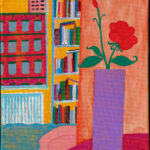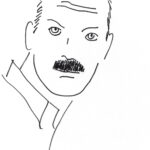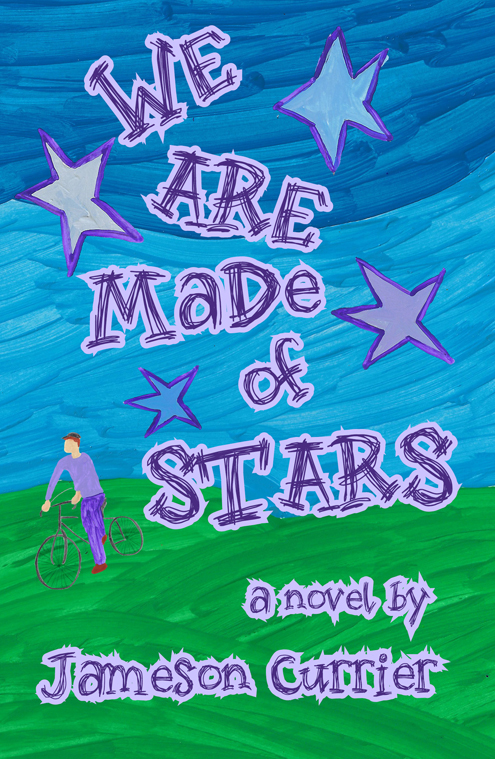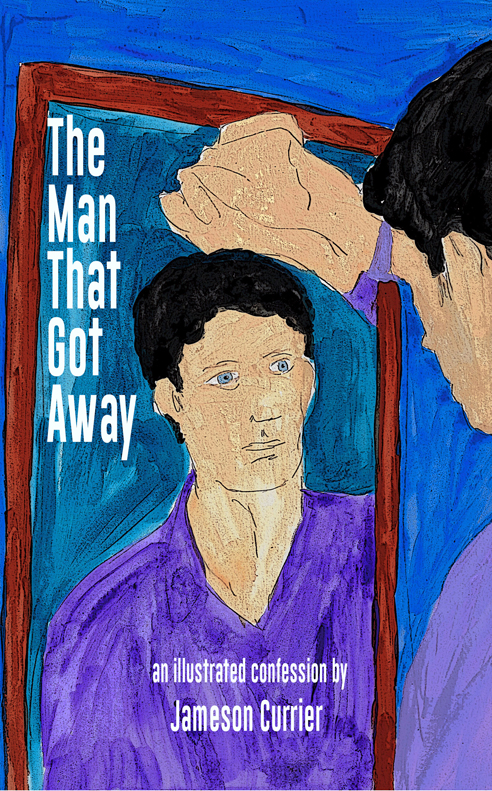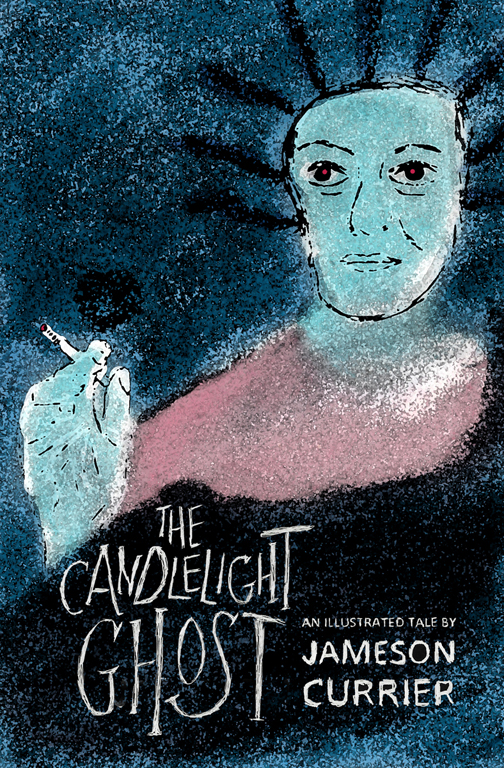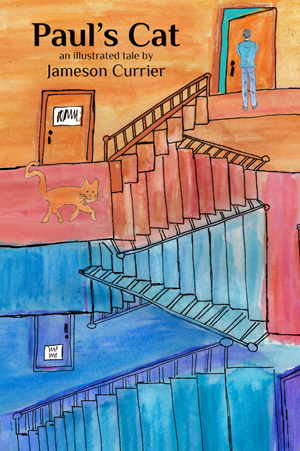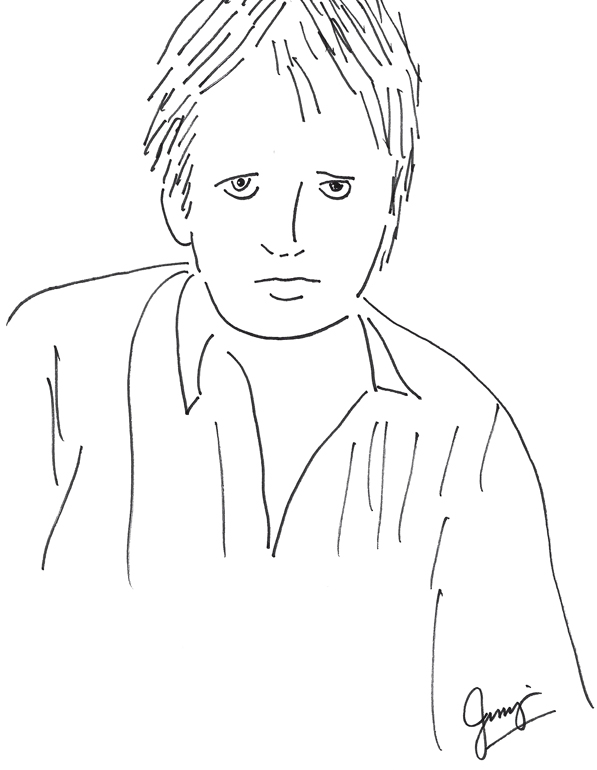
sketch of Bruce Chatwin
by Jameson Currier
ink on paper
20250107002
On Chatwin
Review by Jameson Currier
“There was always a thin line between Bruce being brilliant and Bruce being batty,” Susannah Clapp affectionately notes in With Chatwin, her tribute to the British born author Bruce Chatwin, who died in 1989 at the age of forty-eight.
Chatwin, the bestselling travel writer who combined fact and fiction in his books, was a man of many masks: art expert, archaeologist, journalist, and aesthete. Of the six books he wrote in his lifetime, the two most notable were In Patagonia, a travel book about the southern portion of South America which was full of autobiographical details of the author, and The Songlines, the writer’s exploration of Aboriginal and Australian myths.
Clapp first met Chatwin in 1976 when she became the author’s editor for In Patagonia at the British publishing house Jonathan Cape. Chatwin was “feted for his looks as well as his books,” Clapp notes early on in With Chatwin. Described as “fairheaded” with “patrician good looks,” Chatwin was nonetheless a mysterious figure to his friends and colleagues and noted for being “capriciously elusive.” The author was famous for being a vivid presence, for instance, always in conversation and always relaying an anecdote, as well as famous for being elsewhere — always off on some exotic destination working on an article or a book.
Clapp does her best to present the many sides of the enigmatic Chatwin, particularly filling in his childhood background and his meteoric rise through the ranks of the British auction house, Sotheby’s, during the 1960s, where Chatwin ascended from porter to the head of the Antiquities and Impressionist Paintings department while still a young man in his twenties.
Clapp also describes Chatwin’s work for the London Sunday Times Magazine, which spurred his nomadic desire to travel and his urge to compile enough material for a book.
With Chatwin is neither a memoir nor a biography, but works best when it is considered as Clapp’s charting of Chatwin’s evolution into an author. “In terms of practical arrangements Bruce was never an editor’s dream,” Clapp discloses, though the strongest asset of With Chatwin is the way she reveals just how valuable an editor can be to a writer. Clapp relates how she worked with Chatwin to carve out the slender, elegant In Patagonia from an unwieldy manuscript and how Chatwin’s novel, On the Black Hill, drew experiences from the author’s own childhood and on the people and places he visited in Wales.
Clapp is less successful, however, with unraveling Chatwin himself. As an unreserved portrait of the man much seems missing from With Chatwin, particularly any sort of detailed glimpse into the workings of the author’s marriage. Chatwin was married at the age of twenty-five to a co-worker at Sotheby’s and he had male as well as female lovers throughout his life. Chatwin was not generally forthcoming about his partners in conversation and in print and his wife, Katherine, seems as much of a cameo presence in Clapp’s book as she does in Chatwin’s writings.
Chatwin’s bisexuality is similarly glossed over, though Clapp does present rather affecting anecdotes about the author struggling with AIDS during his final years.
Since his death, Chatwin has become as much of a mythical and twentieth-century cult figure as Robert Mapplethorpe and Greta Garbo have become in their respective fields. One gem that Clapp reveals is that there may be future Chatwin works forthcoming. Clapp notes that the author’s manuscripts and eighty-five moleskin covered notebooks have been lodged in the Modern Manuscripts Section of the Bodleian library, although embargoed to readers until the year 2010. These notebooks have also been the subject of much speculation and may prove a key to the personality behind the pen. Clapp notes, “They were, it was reported, written in code and likely to be intimate, revelatory and sexually explicit; Redmond O’Hanlon declared that they were ‘Andre Gide with all the bits put in.’”
With Chatwin: Portrait of a Writer
by Susannah Clapp
(Knopf, 1997)
________________
Bruce Chatwin died January 18, 1989 at the age of 48.
This review was originally published as “Charting This Pilgrim’s Progress,” in the Dallas Morning News, September 21, 1997, and as “A Man of Mystery Still,” The Harvard Gay and Lesbian Review, Winter 1998.
Reviewer’s Note (2025): I had the pleasure of reading In Patagonia on site, during a brief visit to the Patagonia area during a cruise in 2017.


